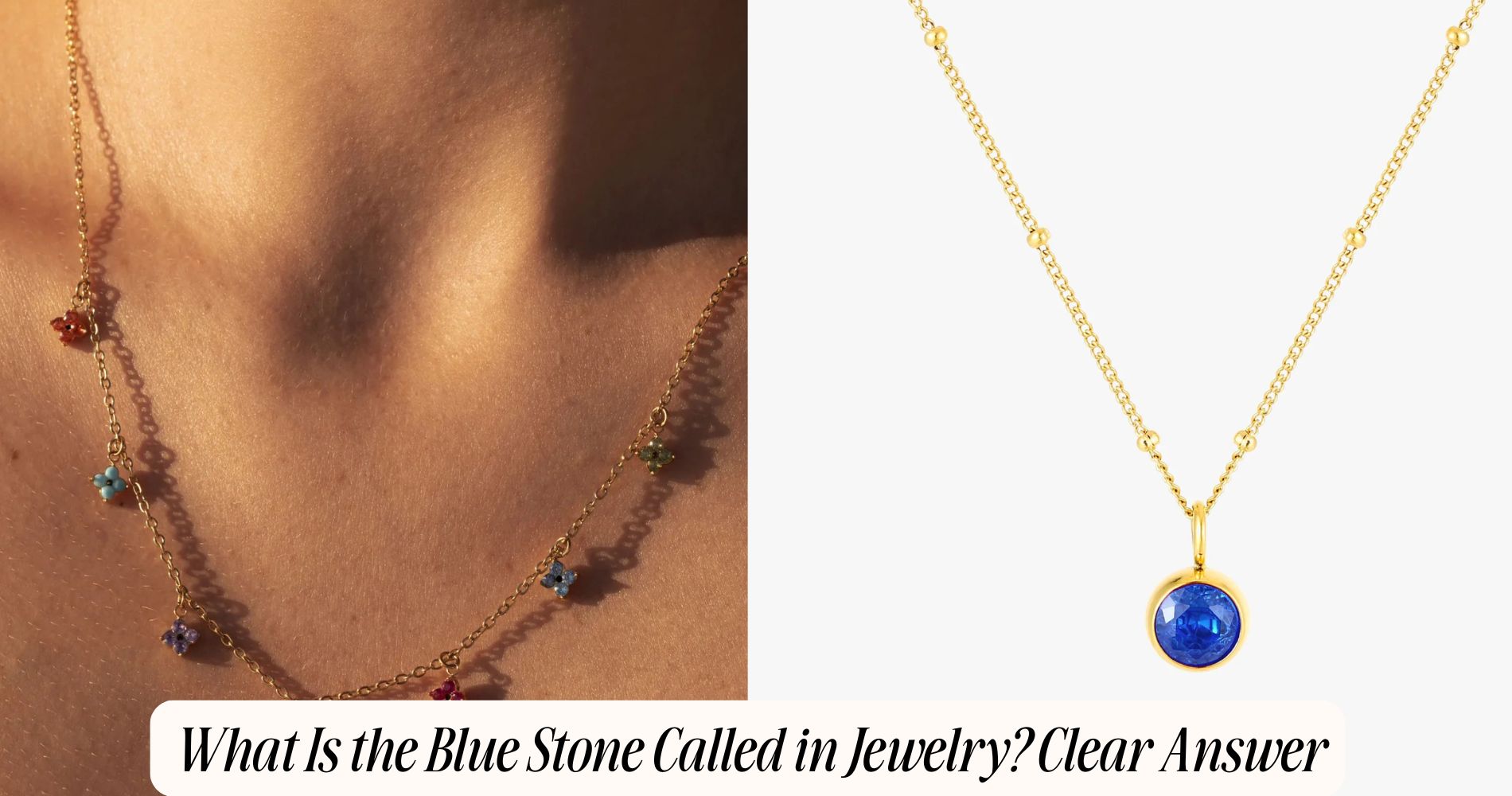
What Is the Blue Stone Called in Jewelry? Clear Answer
If you’ve ever wondered what is the blue stone called in jewelry, the answer often points to sapphires—famous for their deep, captivating hue created by iron and titanium. Other stunning options include aquamarine, known for its blue-green tint from iron, and tanzanite, which shows an exotic blue-violet glow thanks to vanadium. Blue topaz, often enhanced through heat treatment, stands out for its brilliance and clarity. Understanding these gemstones helps you choose the perfect one. Discover more sparkling styles in our Waterproof Jewelry collection.
Understanding Blue Gemstones
When exploring the world of blue gemstones, you’ll encounter a fascinating array of minerals, each with unique properties and origins.
Blue gemstones, such as azurite and lapis lazuli, captivate with their vibrant hues and chemical compositions. They owe their color to trace elements like copper and sulfur, which alter their crystalline structures.
Understanding blue gemstone properties involves examining hardness, refractive index, and specific gravity. These parameters help you determine a stone's durability and brilliance, essential for jewelry applications.
Historically, blue stones held significant cultural value, symbolizing wisdom and prestige in ancient societies. Lapis lazuli, for example, was prized by Egyptians for its deep azure tone and utilized in amulets and ceremonial ornaments, highlighting its enduring historical significance.
Sapphire: The Classic Blue Stone
Sapphire, a corundum mineral, stands as the quintessential blue gemstone, revered for its remarkable hardness and stunning clarity. With a Mohs hardness of 9, it's second only to diamond, making it an excellent choice for durable jewelry.
Sapphires aren't limited to blue; they exhibit a range of hues like pink, yellow, and green, known as sapphire varieties. The blue sapphire, however, remains the most iconic, symbolizing wisdom, loyalty, and nobility. Its rich color results from trace amounts of iron and titanium.
When selecting a sapphire, pay attention to the stone's cut, clarity, and carat weight, as these factors greatly influence its brilliance and value. Understanding sapphire symbolism enriches your appreciation of this classic gem's timeless allure.
Aquamarine: The Sea-Inspired Gem
As you explore the world of gemstones, aquamarine captivates with its serene blue-green hue reminiscent of clear ocean waters. This gem, a beryl mineral, owes its color to iron impurities within its crystalline structure.
With a Mohs hardness of 7.5 to 8, aquamarine boasts durability suitable for various jewelry applications, from rings to necklaces. When you examine aquamarine properties, note its vitreous luster and excellent transparency, enhancing its visual appeal.
Aquamarine symbolism ties closely to tranquility and courage, often associated with calming ocean imagery. Ancient mariners believed it protected them on voyages, symbolizing safe passage and clarity.
In modern times, it’s linked to serenity and communication, making it a sought-after gem for those seeking balance and peace in their lives.
Tanzanite: The Exotic Blue-Violet Gem
While aquamarine enchants with its ocean-like hues, tanzanite offers a fascinating contrast with its exotic blue-violet shades.
Tanzanite originates exclusively from the Merelani Hills in Tanzania, making its geological origins unique and rare. This gem's color results from trace amounts of vanadium, creating a pleochroic effect that displays different colors when viewed from varying angles.
You’ll find that tanzanite's value is influenced by its vibrant color saturation, clarity, and cut. High-quality tanzanite exhibits an intense blue-violet or indigo hue, greatly raising its market worth.
Due to its limited geographic source and mesmerizing optical properties, tanzanite remains a sought-after gemstone in the jewelry industry, offering a distinctive allure not found in more common blue stones.
Topaz: The Versatile Blue Stone
Topaz stands out as a remarkably versatile blue stone, prized for its wide range of hues and impressive durability. As a silicate mineral of aluminum and fluorine, topaz ranks 8 on the Mohs scale, showcasing its exceptional hardness.
You'll find that blue topaz, often produced through heat treatment and irradiation, exhibits enchanting shades from pale sky blue to deep Swiss blue. Topaz properties include a high refractive index, enhancing its brilliance and making it a popular choice in jewelry.
In terms of topaz symbolism, it represents clarity, communication, and emotional balance. Historically, it was believed to provide protection and healing.
As you explore topaz, appreciate its scientific properties and symbolic connotations that make it a cherished element in personal adornment.
Lapis Lazuli: The Ancient Blue Gem
Renowned for its rich, deep blue color, lapis lazuli has captivated civilizations since antiquity. You’ll find it’s a complex rock primarily composed of lazurite, calcite, and pyrite, which gives it a distinctive appearance.
Lapis lazuli history traces back over 6,000 years to ancient Mesopotamia, Egypt, and Persia, where it was highly prized for its vibrant hue and rarity. This gem was often used in jewelry, amulets, and as a pigment called ultramarine in artworks.
In terms of lapis lazuli symbolism, it’s associated with wisdom, truth, and enlightenment. Ancient Egyptians believed it had protective qualities, while in other cultures, it was a symbol of royalty and honor.
Its enduring appeal lies in its aesthetic and metaphysical attributes, making it a timeless gemstone choice.
Turquoise: The Unique Blue-Green Stone
Turquoise, with its unique blue-green hue, stands out as a geological marvel among gemstones. Formed through a complex process of mineral deposition, turquoise consists of hydrated copper and aluminum phosphate. Its vibrant color results from trace elements of copper.
Historically, turquoise holds a significant place; ancient Egyptians adorned themselves with it, while Native American cultures revered it for its spiritual attributes. This stone's symbolism spans protection, healing, and good fortune.
You’ll notice turquoise often features a matrix pattern, a web-like inclusion that adds to its character. As you explore turquoise history, appreciate its status as a December birthstone and its cultural significance across civilizations.
Its allure lies not just in beauty but in its rich historical tapestry and symbolic meaning.
Choosing the Right Blue Gemstone for You
When selecting a blue gemstone, how do you discern which one suits you best? Start by examining the blue gemstone characteristics, such as hue, saturation, and tone.
Sapphire, known for its deep blue hue, offers excellent durability and brilliance due to its corundum composition. Aquamarine, with its lighter, serene blue, exhibits beryl’s unique clarity and transparency.
Consider blue gemstone symbolism: Sapphire signifies wisdom and royalty, while aquamarine embodies tranquility and protection.
Assess your personal preferences and lifestyle. If you desire a bold, enduring stone for everyday wear, sapphire might be ideal. For a gentler, more ethereal appearance, aquamarine could be your match.
Frequently Asked Questions
How Do I Care for Blue Gemstone Jewelry?
To care for blue gemstone jewelry, use gentle cleaning techniques such as warm soapy water and a soft brush. For storage tips, guarantee separate compartments in a jewelry box to prevent scratches, maintaining the stone's integrity and luster.
Are Blue Gemstones Typically More Expensive Than Other Colored Stones?
Blue gemstones' pricing depends on color rarity comparison. Typically, sapphires are pricier due to their allure and durability. However, availability and demand influence costs, so they're not always more expensive than other colored stones. Analyze specific stone criteria.
Can Blue Gemstones Be Used in Engagement Rings?
Yes, you can use blue gemstones in engagement rings. Consider sapphire alternatives like tanzanite or aquamarine. Evaluate their Mohs hardness for durability, and assess their refractive index for brilliance, ensuring a scientifically sound choice for blue engagement rings.
What Are the Birthstone Months Associated With Blue Gemstones?
You're looking at March, September, and December for blue birthstones. Aquamarine represents March, sapphire signifies September, and turquoise or blue topaz marks December. Each stone embodies unique significance, with various blue gemstone varieties enhancing their birthstone meaning and allure.
How Can I Tell if a Blue Gemstone Is Natural or Synthetic?
Examine inclusions under magnification to distinguish synthetic vs. natural blue gemstones. Synthetic stones often have gas bubbles or curved growth lines, while natural ones show mineral inclusions. Use spectroscopy to identify specific absorption patterns for accurate identification.
Conclusion
When choosing a blue gemstone, consider both aesthetic and scientific factors. Sapphires, known for their durability and hardness, offer a classic allure. Aquamarines, with their sea-inspired hues, provide a softer, serene elegance. Tanzanites captivate with their unique blue-violet tones, while Blue Topaz offers versatility in shades and affordability. Lapis Lazuli, with its deep, historical significance, and Turquoise, noted for its distinctive blue-green color, each present unique optical properties. Analyze these attributes to select your ideal gemstone.






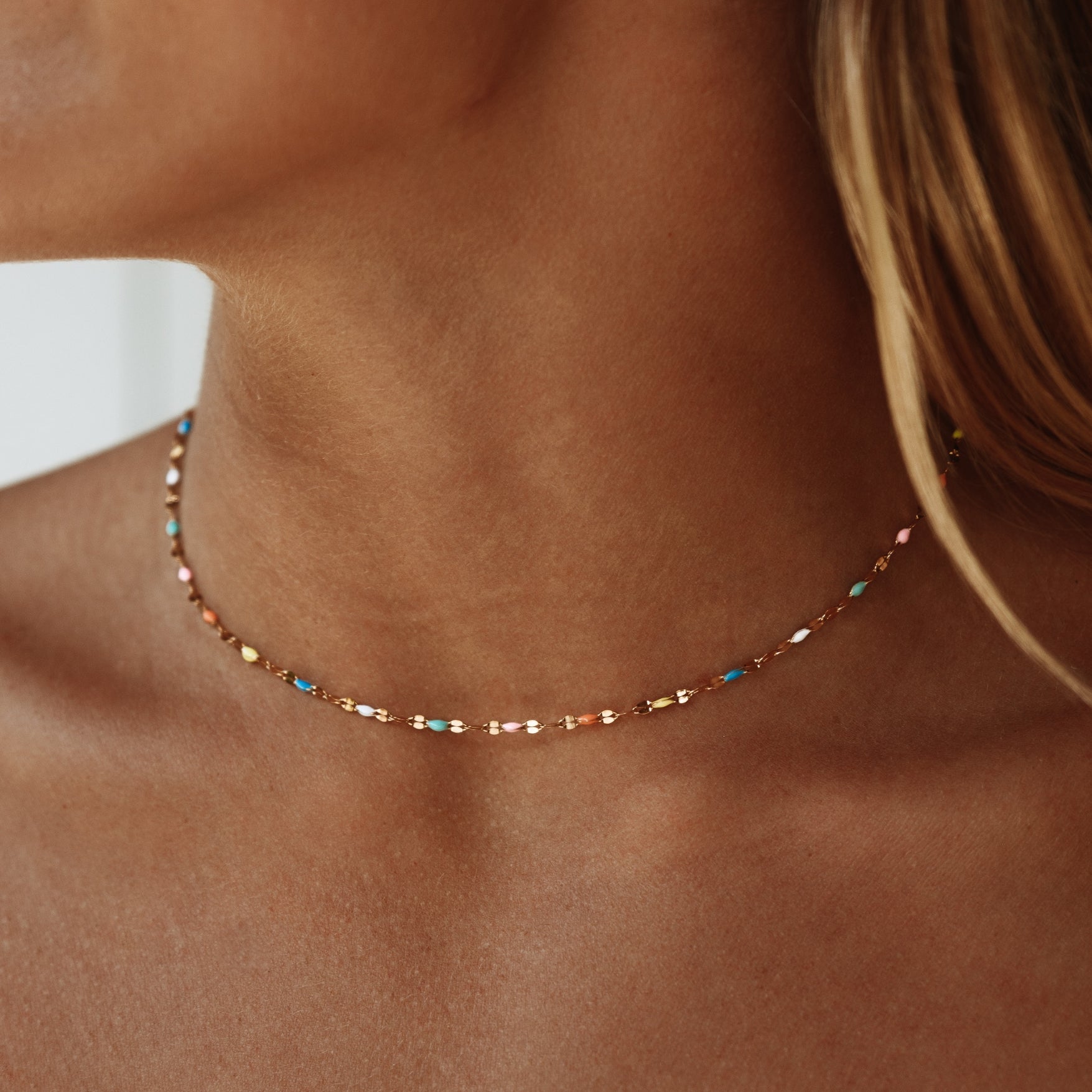
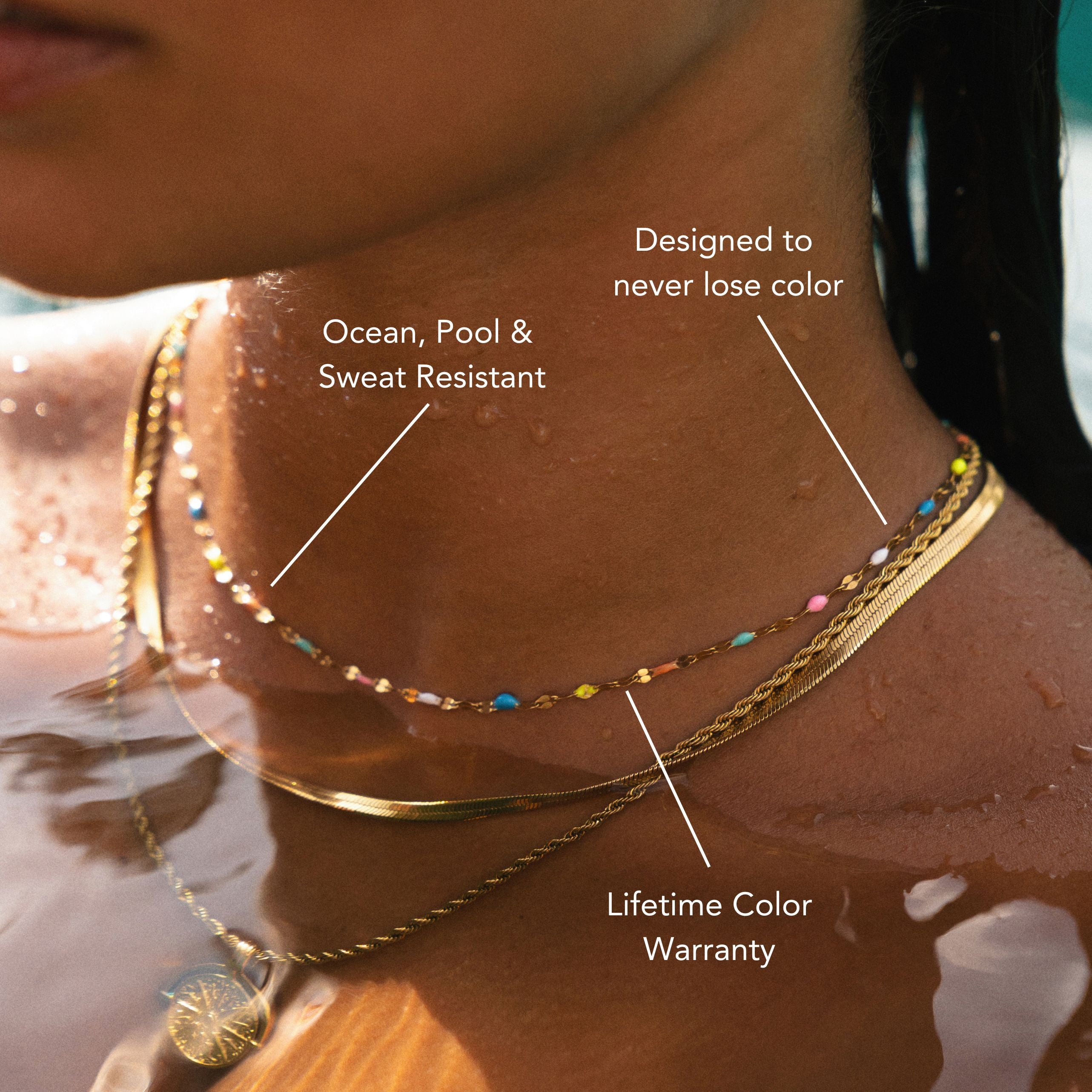
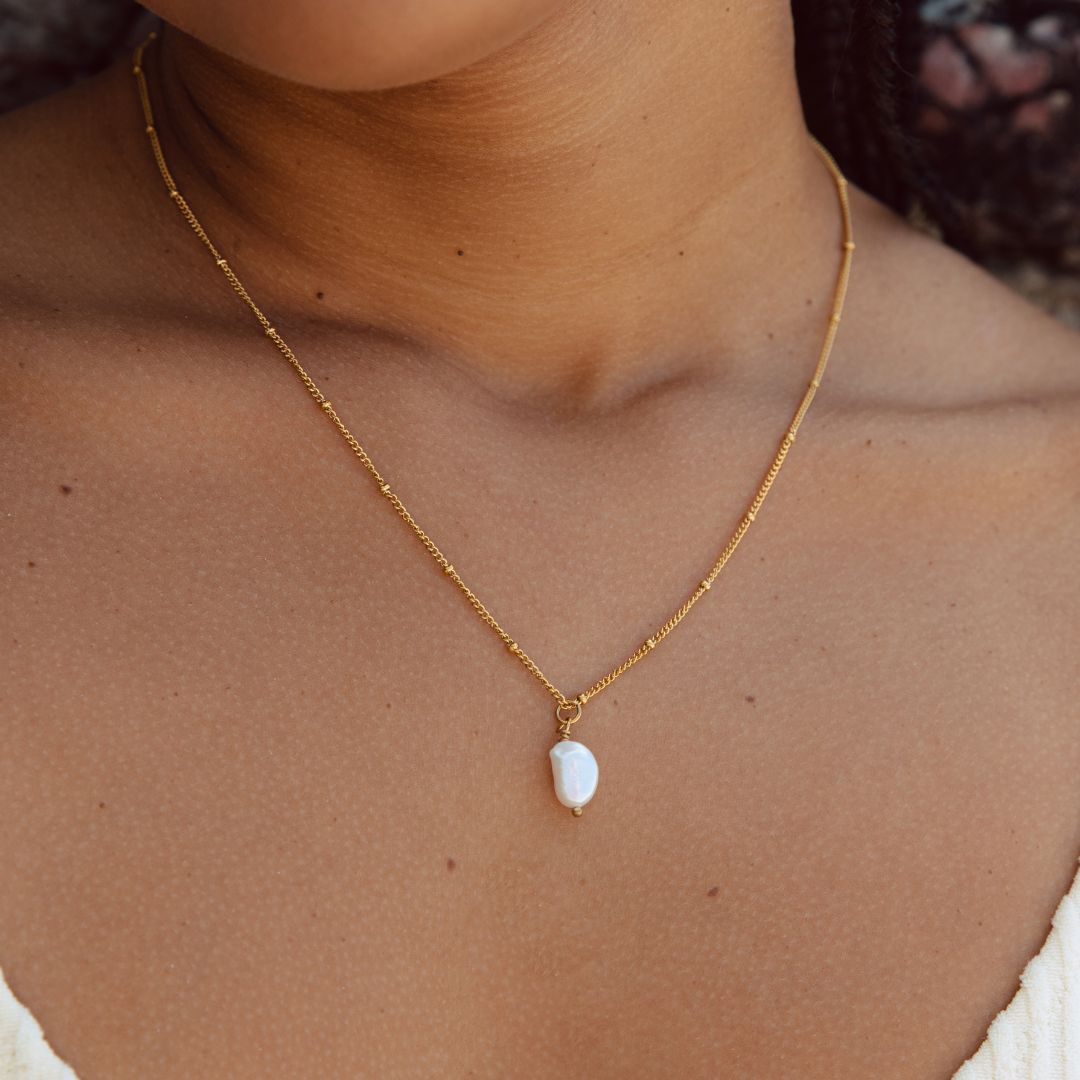

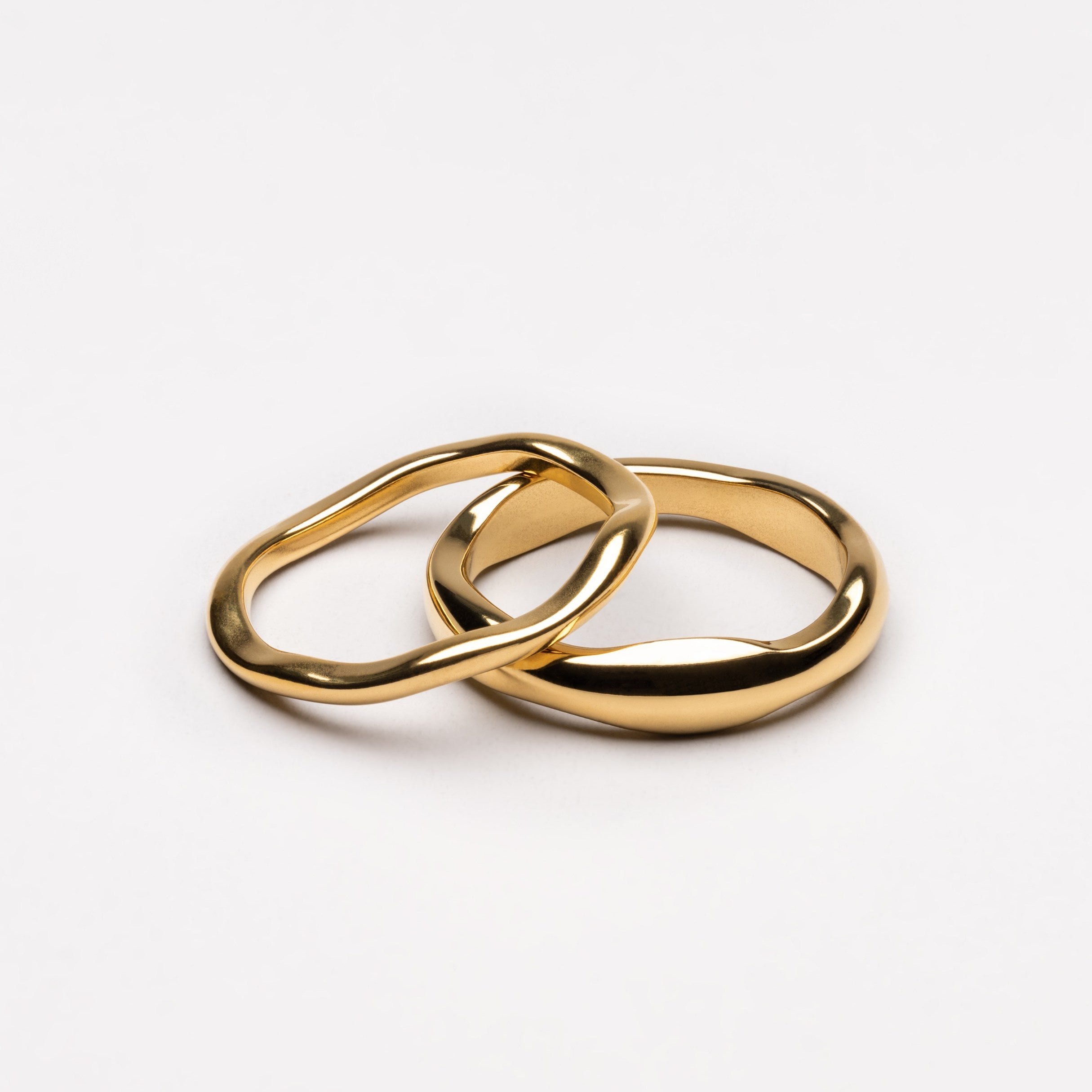


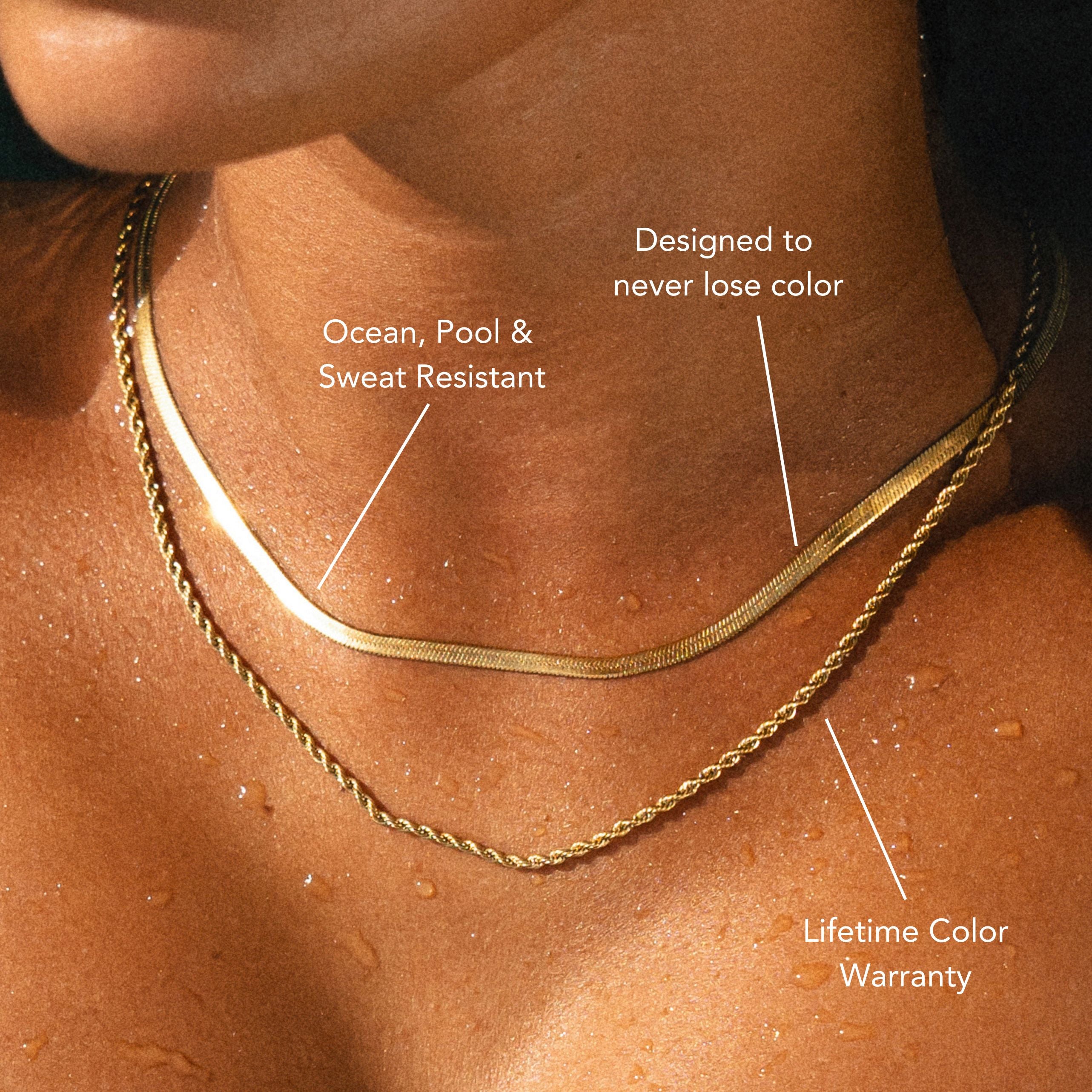
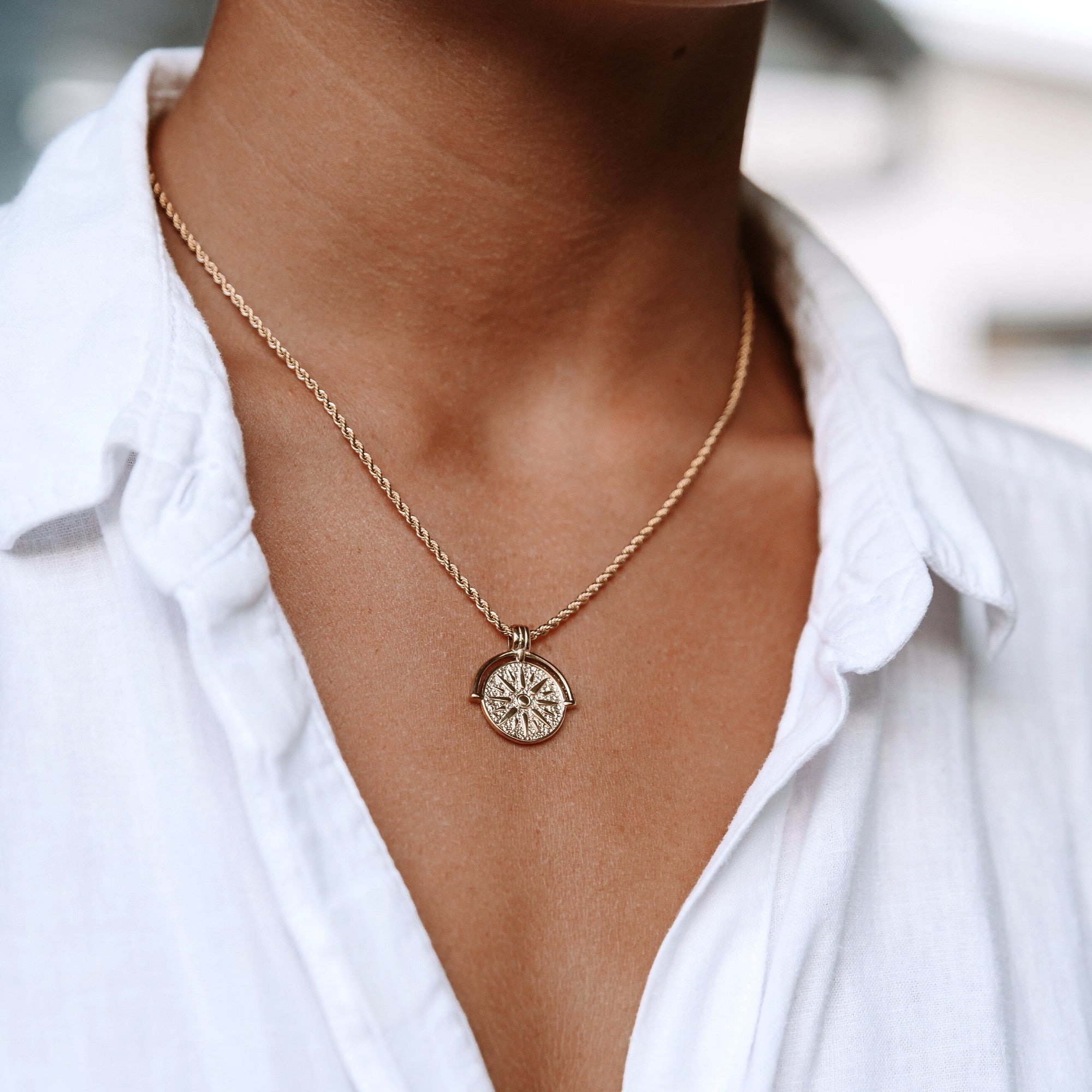
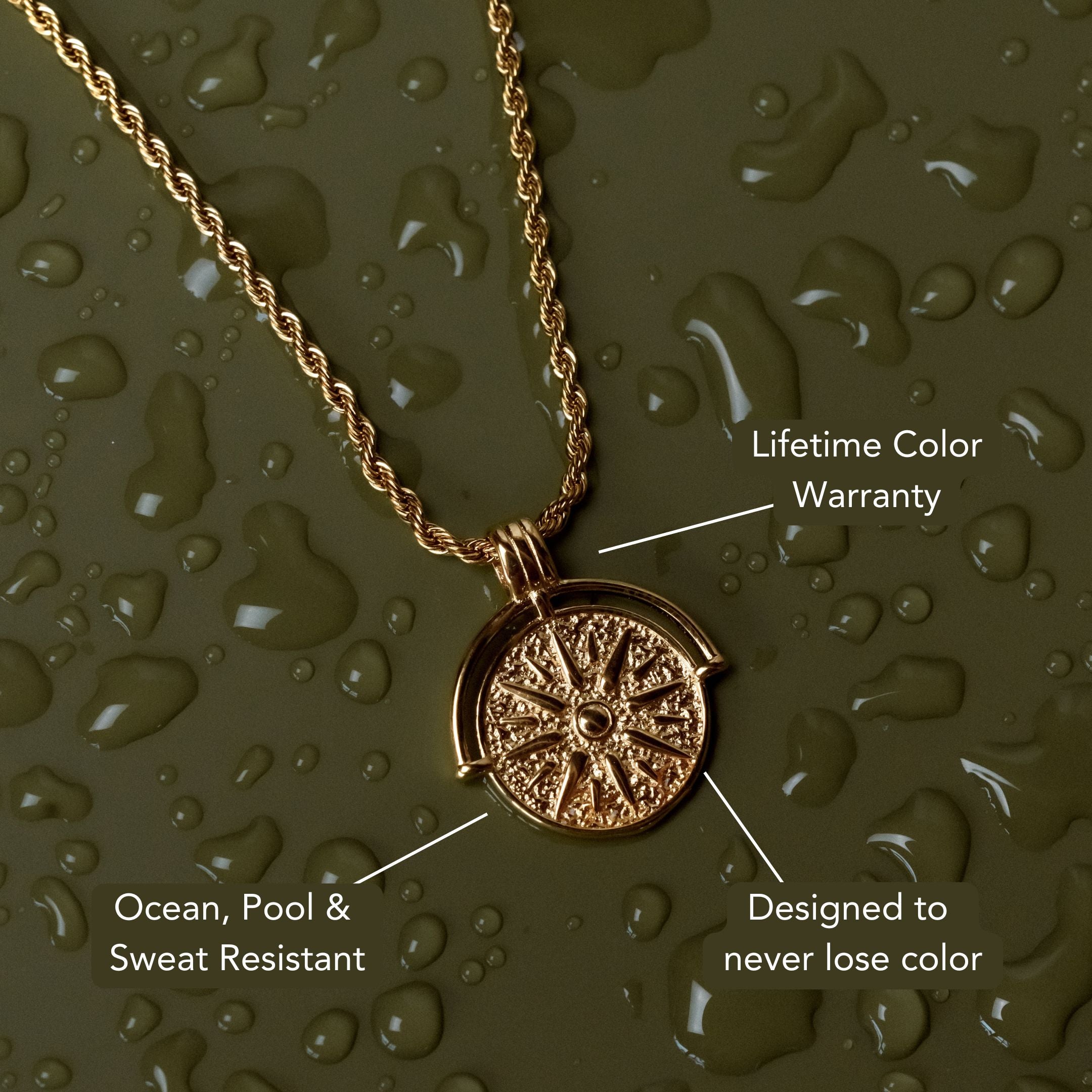
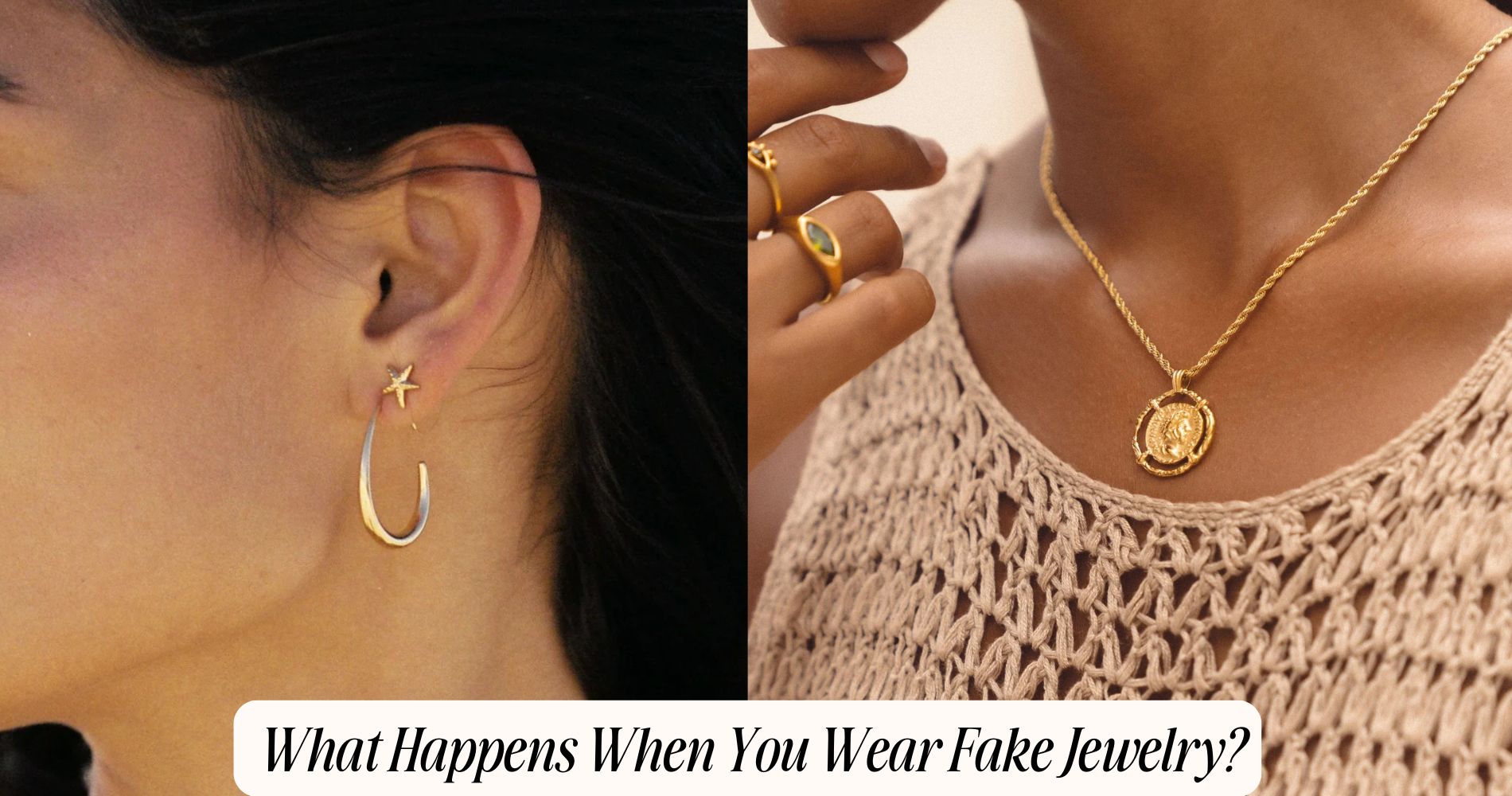





コメントを書く
このサイトはhCaptchaによって保護されており、hCaptchaプライバシーポリシーおよび利用規約が適用されます。